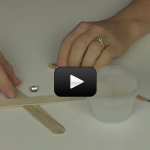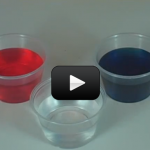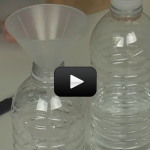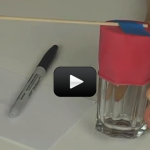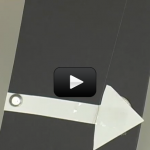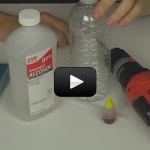Getting Started with Earth Science
Most kids are fascinated by the nighttime sky. The idea that those twinkling lights could be other solar systems with new worlds circling around makes kids want to make rockets out of cardboard boxes and jet fuel from ketchup.The experiments in this section are geared to show your child how easy and fun it can be to start to discover the galaxy we call home by doing simple experiments that focus on observation and asking questions.
This set of simple science experiments gets kids introduced into what a real scientist does in the real world by building a weather station experiment and recording data in their first science journal (even if they can’t write yet). Students place tick marks on their data sheets to see how the weather changes from day to day and across the seasons.
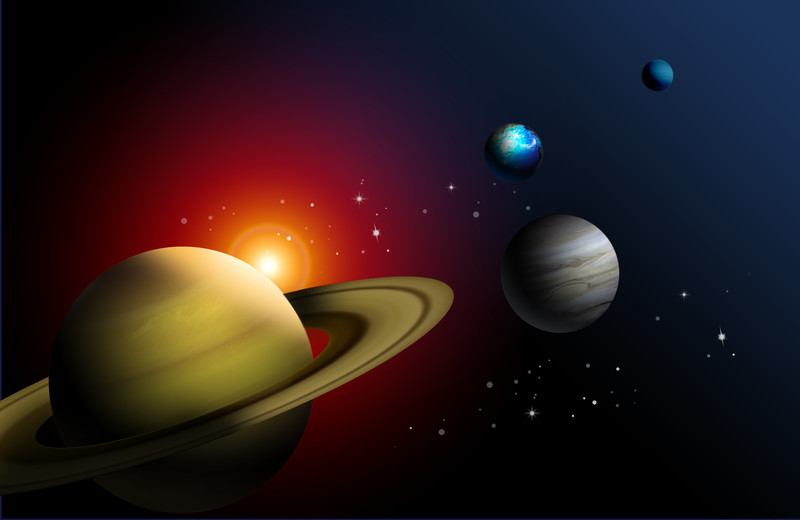
[am4show have='p8;p9;p11;p38;p72;p77;p92;' guest_error='Guest error message' user_error='User error message' ]
Here are the scientific concepts:
- Weather is the combination of sunlight, wind, snow or rain, and temperature in a particular region at a particular time. People measure these conditions to describe and record the weather and to notice patterns over time.
- Some kinds of severe weather are more likely than others in a given region. Weather scientists forecast severe weather so that the communities can prepare for and respond to these events.
- Asking questions, making observations, and gathering information are helpful in thinking about problems.
- The Earth is composed of land, air and water.
- Characteristics of mountains, rivers, oceans, valleys, deserts, and local landforms.
- Changes in weather occur from day to day and over seasons, affecting the Earth and its inhabitants.
- How to identify resources from the Earth that are used in everyday life, and that many resources can be conserved
By the end of the labs in this unit, students will be able to:
- Observe common objects using the five senses.
- Describe the properties of common objects.
- Describe the relative position of objects using one reference (e.g., above or below).
- Compare and sort common objects based on one physical attribute (including color, shape, texture, size, weight).
- Communicate observations orally and in drawings.
[/am4show]

